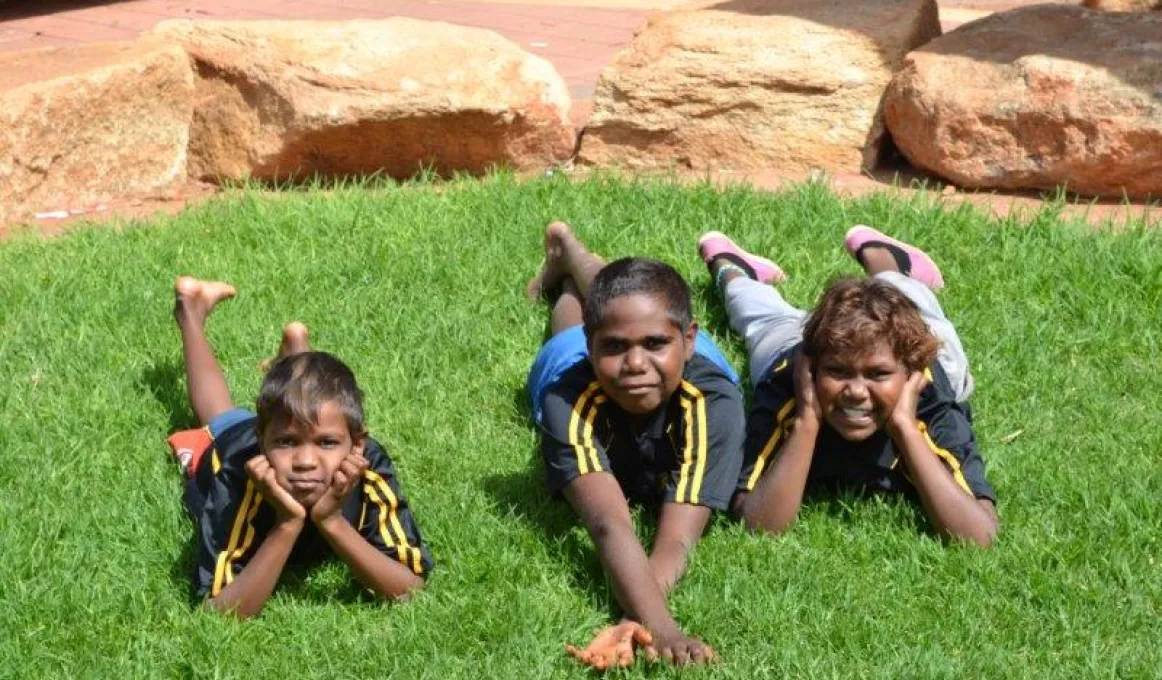Indulkana’s successful school strategy

The Remote School Attendance Strategy being implemented by schools is proving successful, with an exponential growth in school attendance in the remote Indulkana Anangu School in South Australia.
The Remote School Attendance Strategy being implemented by schools is proving successful, with an exponential growth in school attendance in the remote Indulkana Anangu School in South Australia.
Principal at Indulkana Anangu School, Paula McGuire, said that since the strategy was launched attendance has sky rocketed, with four students who reached 100 percent attendance and another 33 who were over 90 percent for the term.
“We have a team of people who, from the start of last term, have been actively out seeking truanting children and I think the message has finally got through,” Paula said.
“For example, this week it’s been raining here and historically on days where it’s raining or is a little bit chilly, we see nobody at school early in the morning but, this week, we had kids here as soon as we opened the gate in the morning.”
Along with attendance, Paula said the children’s approaches towards school had changed.
“There’s been a shift in students’ attitude towards school, and also families. Families are actively promoting school attendance. It’s been a brilliant thing across the board for our school,” she said.
“To have the community backing the strategy is important. I don’t know why it has worked so well but it has worked extremely well in our school.”
Paula said the school, that has almost 100 students, is celebrating the kids’ attendance achievements all the time.
“At our final assembly we gave the students with 100 per cent attendance a voucher for the store. There were 33 other kids that had 90 plus per cent attendance and we gave them a voucher and certificate as well,” she said.
“We publicly celebrated it at assembly.”
The students of Indulkana, whose first language is primarily Pitjantjatjara or Yankunytjatjara, may attend for school for short periods at a time and then return to their home communities within the Indulkana Anangu Community or on their Homelands.
“When there are students that are transient, and moving around all the time, we notice big gaps in their learning,” Paula said.
“The other thing for us – it’s really hard and we see it – is when there are students who do move around a lot, we see it’s really hard to slot back in to where they were before they left.
“Through the continuity of being at school and being engaged and involved, we’re hoping that we’ll start seeing some positive results in student learning.”
Find out more
Getting children to school is the Australian Government’s number one priority for Indigenous children and their families. That’s because going to school and being at school every day gives every child the best chance for a good start in life.
The Remote School Attendance Strategy is about working together – with schools, families, parents, and community organisations – to ensure all children go to school every day.
This story was featured in the April edition of Deadly Vibe, a national magazine supported by the Australian Government that is distributed to schools with Indigenous students.